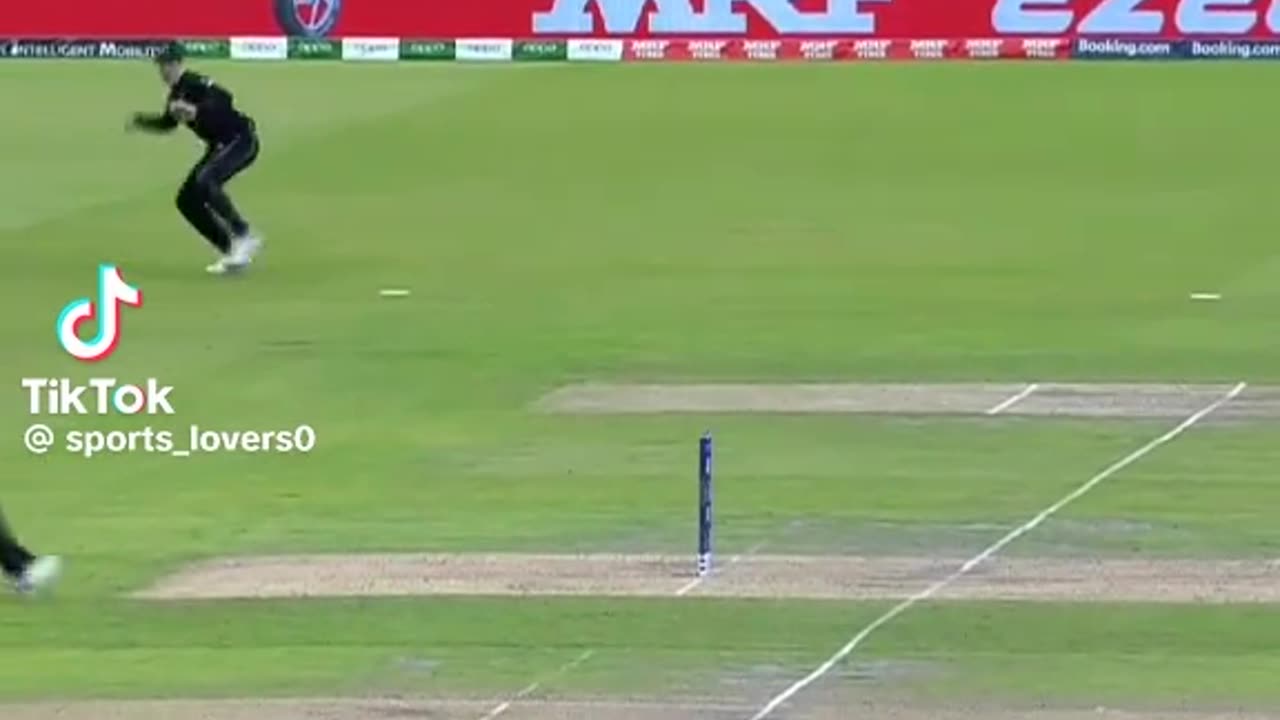Premium Only Content

What a beautiful victory
In the sport of cricket, when a player gets a wicket, it is a significant event that can change the course of the game. A wicket refers to one of three stumps, topped with two bails, which the batsman must defend to prevent the bowler from hitting them. There are two primary ways in which a player can get a wicket: by bowling the batsman out or by catching the ball after it has been hit by the batsman.
1. **Bowling the Batsman Out**: This is the most common method of getting a wicket in cricket. The bowler delivers the ball towards the batsman, aiming to either hit the stumps directly or to deceive the batsman with movement or spin, causing them to miss the ball and subsequently dislodging the bails. When this happens, the batsman is considered "bowled out," and the bowler is credited with the wicket.
2. **Catching the Batsman Out**: Another way to get a wicket is by catching the ball after the batsman has hit it. Fielders are strategically positioned around the field to try and catch the ball when it is struck by the batsman. If a fielder successfully catches the ball without it touching the ground after the batsman's shot, the batsman is considered "caught out," and the bowler is rewarded with the wicket.
Getting a wicket is a moment of triumph for the bowler and their team. It often signifies the end of a batsman's innings and can lead to a shift in momentum in the game. Cricketers celebrate wickets with enthusiasm,
-
 LIVE
LIVE
Vigilant News Network
15 hours agoBUSTED: ‘The View’ Co-Host May Face Criminal Investigation | The Daily Dose
2,168 watching -
 LIVE
LIVE
Film Threat
13 hours agoSUPERMAN TRAILER LIVE REACTION | Film Threat Livecast
989 watching -
 LIVE
LIVE
2 MIKES LIVE
1 hour agoTHE MIKE SCHWARTZ SHOW with DR. MICHAEL J SCHWARTZ 12-19-2024
388 watching -
 4:45
4:45
Gamazda
14 hours ago $11.09 earnedGuns N' Roses - Sweet Child O' Mine
42.8K41 -
 1:25:28
1:25:28
CarlCrusher
16 hours agoUFO Plasma ORBs & Drones Above New Jersey | Catching REAL PROOF with Dr Jim Segala
29K15 -
 24:40
24:40
Degenerate Plays
1 day ago $3.79 earnedI Put A Bounty On This Phone Addict - Madden NFL 09 : Part 1
19.3K1 -
 18:29
18:29
Bearing
1 day agoCrazy Democrat Lady Thinks THE DRONES Are Coming For TRUMP & MAGA
20.2K49 -
 53:41
53:41
PMG
1 day ago $4.29 earned"CNN Caught Issuing FAKE Report-Ashley Hayek"
25.1K4 -
 57:22
57:22
barstoolsports
19 hours agoHardest Puzzle Breaks Brains | Surviving Barstool S4 Ep. 8
283K15 -
 9:02:15
9:02:15
Dr Disrespect
22 hours ago🔴LIVE - DR DISRESPECT - MARVEL RIVALS - RANKED
402K69